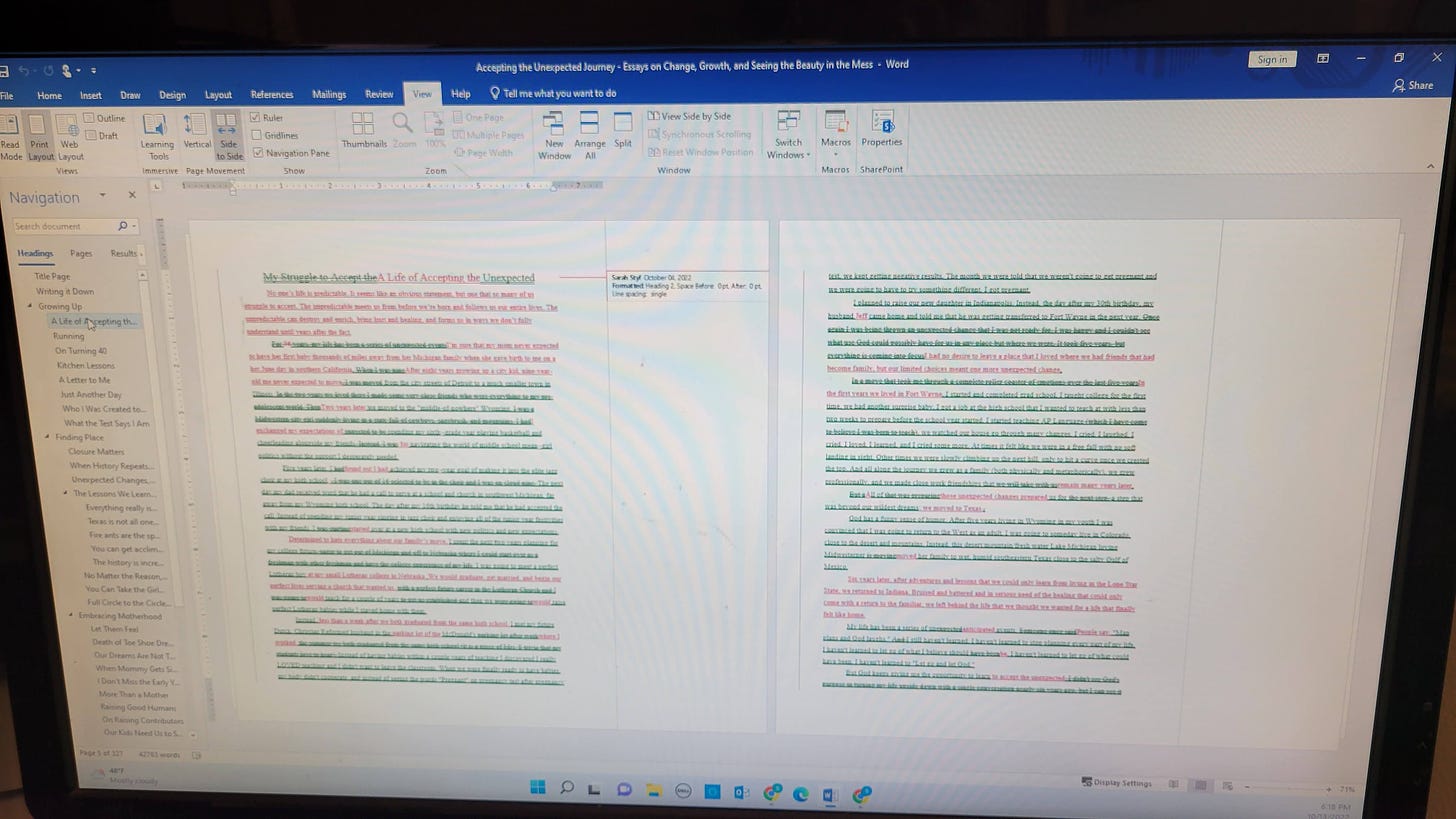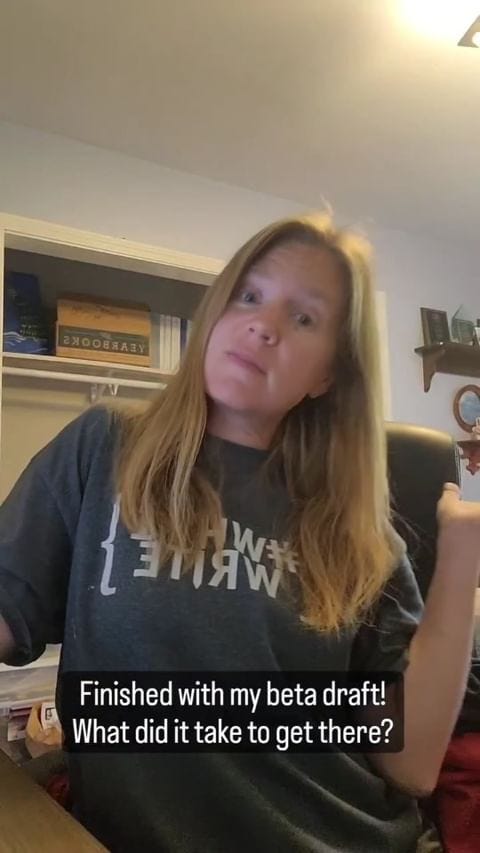In Writing the Journey, I write about writing. I share my travel and personal experiences through writing in a lot of contexts, but I also strive to achieve more as a writer. This is where I reflect on that process.
In graduate school, my fiction writing professor told us that the revision process was about far more than cutting, adding, and moving things around. To truly revise a work, one had to find a new vision for the piece. The writer should do more than simply revise; the writer should re-vision their original creation.
That didn’t mean that a second draft would be completely different from the first, but it did mean that the second draft would be the result of experimentation and evaluation. It was a hard lesson to put into practice, but when I’m doing writing over many months, I try to keep that in mind.
In On Writing, Stephen King goes through his detailed writing process after years of writing that extends all the way to his childhood. One of the details in his book that has always stuck with me is his 10% rule. Every second draft of every writing project, he works to cut down the word count by 10%.
I tell my students that piece of trivia every time I send them to revise any writing assignment that I have given them. I also point out that he isn’t just cutting material, he’s adding material at the same time.
It is something I had to remind myself as I worked my way through over 40 blog posts that I wanted to turn into essays. I ended the second draft of my project with 37 total essays that I felt I could be proud of, if only I hadn’t also watched a significant drop in word count.
Day one
Honestly, my day one work happened over the course of multiple days. Over that time I copied and pasted 38 blog posts, wrote two additional chapters, and started an introduction and epilogue. By the time I was finished, I had 133 pages (1.5 spaced) and 53,653 words. I didn’t expect to keep all of the blog posts or words, but I felt pretty good about the work I completed.
Day two
I turned on the track changes on Microsoft Word, something I learned in graduate school, which has helped me track my writing process over many projects in the years since. After the first two hours of work, I deleted one essay and was officially at 52,146 words.
Day three
One more hour of work with heavy editing brought me down to 52,168 words. Yes, I had more words, but I also cut quite a bit at the same time. I had edited seven total essays, but had nearly 30 more to go.
Day four
Two more hours of work, one deleted piece, and down to 49,977 words. Sometimes it’s hard to watch the word count go down, and I left the day knowing that it wasn’t the last time, but I also knew that I was cutting the right essays to make the book what I needed it to be.
Day five
Two hours of work, another piece deleted, and two pieces combined into one, which means another drop in word count (46,646 total words). I know that I have to make these changes to keep improving the writing that was already there and make it more reflective of who I am now, but it still is painful to watch those numbers drop.
Day six
I worked hard, probably more than three hours, on revising ten essays and my introduction. I deleted two essays that just didn’t fit the narrative that was emerging, which hurt when I looked at my work count drop to almost 40,000 words. I moved one essay to another section, changed the order of the rest, and ended the day with 41,912 words after I added more to my introduction.
Day seven
Ten essays later (including a rough conclusion) and I had reached 42,783 words and I was ready to call my beta draft ready for reading. It was time for the next step.
Putting yourself out there is hard. There is a kind of vulnerability that writers have to have if they want to be taken seriously. When the first draft is really you just putting it all out there, the second draft takes so much more introspection and work. And it’s hard to cut words that, at the time, had so much meaning, but don’t anymore.
I finished my last words and sent it off to my beta team. Those nine brave souls have agreed to read my draft and give me honest feedback beyond “I like it!”
Here’s to hoping that they don’t give me too much work to do on the next draft.
Please “like” by clicking on the ❤ and share this post with your friends so that others can also follow me on the journey.






Well this came to me at the right time. I am just getting ready to do some version of this as I port my Wordpress over to substack. Thank you!!
I really enjoyed this - a good reminder for me that when writing a short paragraph or even a sentence or two, to revise until its concise. No word salad :-)